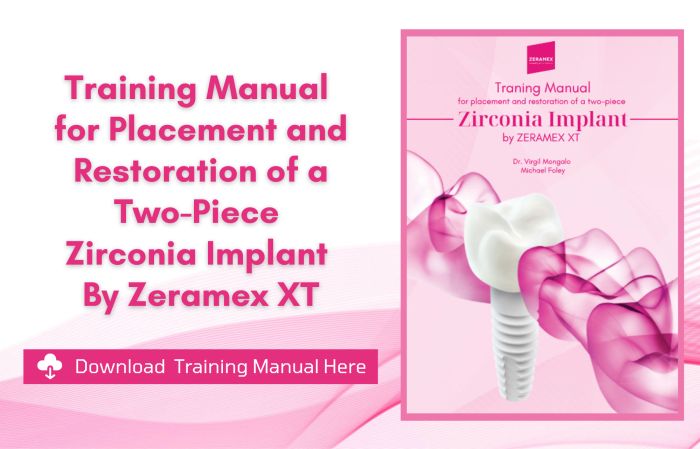Abstract
Metallic implants placed in humans exhibit wear and corrosion that result in the liberation of metal-containing by-products. In the case of titanium (Ti) containing implants, the metal containing debris may exist in a number of states, including metallic particles produced by mechanical wear and the products of metal corrosion in biological environments, such as the joints and surrounding fluids and tissues. In addition, these constituents may dissolve in both intracellular and extracellular solutions generating Ti ions. Both species, ions and nanoparticles, show different cellular toxicities. In this work we have evaluated the possible evolution of TiO2 nanoparticles (NPs) into soluble Ti metal ions by contact with biological fluids. For this aim, an in vitro study to address quantitative Ti solubilisation from TiO2 nanoparticles (with a diameter of 21 nm) after incubation with human serum at different concentrations has been conducted. Total Ti determination revealed low solubilisation rates ranging from 0.53 to 0.82% after just one week of incubation in the serum. The incubated serum was then subjected to speciation analysis by anion exchange liquid chromatography using an inductively coupled plasma mass spectrometer (ICP-MS) as an elemental detector for Ti monitoring. The obtained results revealed a significant increase in the Ti signal associated with the fraction of the protein transferrin and preferentially with one of the metal binding sites of the protein, the N-lobe. Thus, the effect of Ti at the cellular level has been evaluated by considering that it can be present either as ions or as nanoparticles using two different cells lines: human enterocytes HT29 and murine osteoblasts MC3T3. Significant toxicity was found at the highest concentration assayed (50 μg mL(-1)) for both Ti species (ions and NPs) and slightly higher for the ionic species at lower concentrations (1 and 10 μg mL(-1)).

